In the previous installment of the Rhodes piano feature, we looked at J-pop, but this time we'll change our focus a little and narrow it down to J-progressive rock. The band we check this time is Yonin Bayashi.
Yonin Bayashi was formed in 1971 by four members: guitarist Katsutoshi Morizono, keyboardist Hidemi Sakashita, bassist Shinichi Nakamura, and drummer Daiji Okai. The band's progressive rock elements were added by poet Yasuo Suematsu, who depicted a surreal and mysterious world.
From 1969 to the early 1970s, there was a huge boom in progressive rock in the UK.
In 1969, King Crimson released “In the Court of the Crimson King”, in 1971 Pink Floyd released “Osekkai”, in 1972 Yes released “Close to the Edge”, and in 1973 Pink Floyd released “The Dark Side of the Moon”... Progressive rock masterpieces were released one after another.
An essential part of progressive rock is the keyboard that creates the mood. The Hammond organ, electric piano, synthesiser, mellotron and acoustic piano are all used in progressive rock classics.
The Rhodes piano was also an indispensable part of the scene, alongside the Hammond organ.
During the period when progressive rock was gaining popularity in the UK, a similar trend was also seen in the Japanese rock scene, and Yonin Bayashi is known as a band that was strongly influenced by progressive rock, to the extent that they are sometimes referred to as the Japanese Pink Floyd.
Hidemi Sakashita was the keyboardist at the heart of the ensemble of the J progressive rock band Yonin Bayashi, and he was the mastermind behind adding color to their songs using the Rhodes piano and synthesizers.
■ Recommended Album: Yonin Bayashi “Isshoku Sokuhatsu” (1974)

This is a historically significant album of progressive rock in Japan, and the title track “Isshoku Sokuhatsu” is a classic.
The album is dominated by a grandiose style influenced by progressive rock in the UK. In particular, the B-side of the album features only two long tracks, “Isshoku Sokuhatsu” and “Ping Pong Tama no Nageki”.
The instruments used are a standard lineup for the time, including a Fender Rhodes piano, a Hammond organ, and a Minimoog synthesizer.
The Fender Rhodes piano is used alongside the Hammond organ, and the way it is used is also a great example of Sakashita's good sense.
The way keyboard instruments were used in progressive rock was to add thickness to the sound of the music itself. The Rhodes piano and Hammond organ were used for this purpose.
At the Yonin Bayashi live show I saw, Mr. Sakashita had a Hammond organ on the left side, with either a Mini Moog or Roland mono synthesizer SH-5 on top, and a Rhodes piano on the right side, with strings set on top.
Sakashita played chords on the Rhodes piano when Hammond was playing white keys, while also adding obbligato and fill-ins to give the music a sense of color.
The Rhodes piano is an instrument with a deep, versatile sound that can be used in a wide range of genres. In the progressive rock genre, it complements the fullness of the sound while also playing a role in creating the mood of the music.
Recomended Song: “Sora To Kumo”
A song that perfectly matches the characteristics of the Rhodes piano. It opens with the strange bass phrases of the Rhodes piano and the cymbal work of Daiji Okai.
Hidemi Sakashita is the leader of the Yonin Bayashi ensemble and doesn't often play keyboard solos. However, the solo in “Sora To Kumo” is played on the Rhodes piano. It is a restrained and impressive solo, but in terms of phrasing, it has similarities to the organ solo in “Omatsuri”.
The highlight of this song is the moment when Morizono plays an acoustic guitar solo in response to the Rhodes piano solo, and then Sakashita picks up the running phrase on the Rhodes piano.
As a Yonin Bayashi fan, I have to admit that I would have liked to hear the dialogue between the Rhodes piano solo and the acoustic guitar solo for a little longer!
■ Recommended Album: Yonin Bayashi “Golden Picnics” (1976)
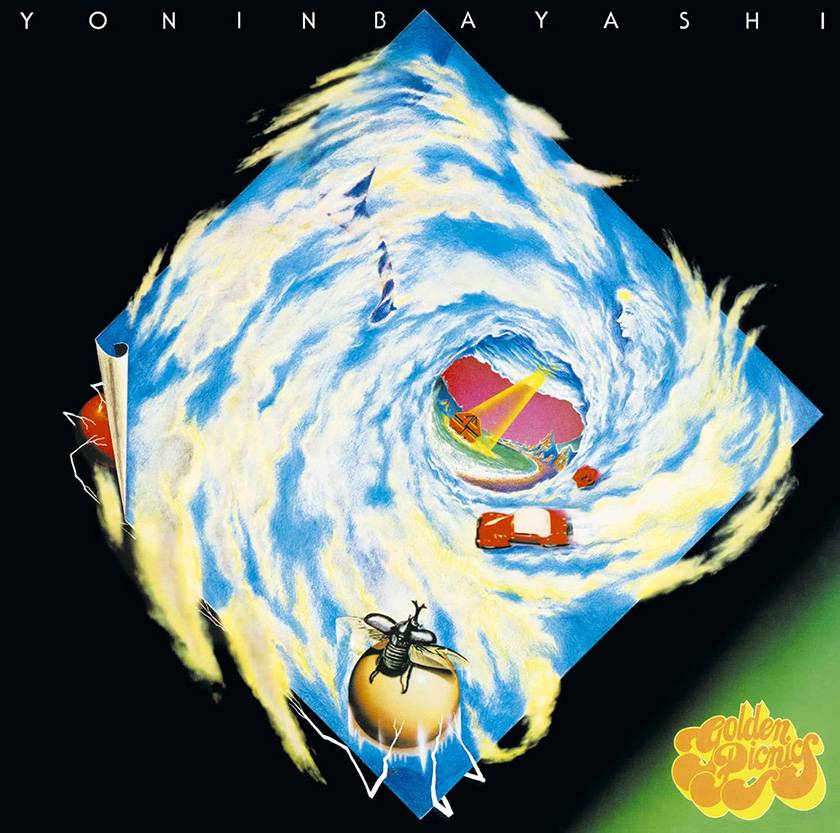
A masterpiece second album from Yonin Bayashi, with new bassist Masahide Sakuma joining the band.
The songs are more refined and light-hearted than the dark atmosphere of the first album.
The increased use of keyboards gives the songs a vivid and rich impression. The synthesizer is used in a variety of ways on this album. The sound of the Hammond organ is also brighter and clearer.
The Rhodes piano doesn't really come to the fore, but the presence of this sound gives the songs the same depth and sense of color as on the first album.
Recommended track: “Oyoguna Nessie”
A famous song by Hidemi Sakashita, a member of the progressive rock band Yonin Bayashi. When you say "Isshoku Sokuhatsu" is on the negative side, "Oyoguna Nessie" is rather on the positive side.
The transparent sound of the Rhodes piano is used to emphasize the image of Nessie in the water, and the song beautifully expresses the image of Nessie standing still in the water.
Recommended track: “Lady Violetta"
This is a song in which the Rhodes piano played by Hidemi Sakashita really comes into its own. It would not be an exaggeration to say that ‘Lady Violetta’ would not be possible without the Rhodes piano. The combination of congas and the Rhodes piano is a classic. It might be better to categorize it as J-fusion rather than J-progressive rock.
“Lady Violetta” is a song that symbolizes Morizono's musical direction at the time, and although it is different in phase from progressive rock, Hidemi Sakashita is very good at playing this kind of jazzy music. You can hear his performance, which understands the "sound" of the Rhodes piano and gives the music a certain dignity.
Sakashita changes the backing for the guitar parts and solo parts of Morizono, who sings the theme, in the single version of “Lady Violetta”. In the guitar solo part, where the rhythm changes, the backing strongly emphasizes the backbeat of the 16th note, enhancing Morizono's solo.
Rhodes piano can change the scenery of a song by the way it combines with the rhythm and how it is emphasized. Sakashita was a musician who understood the characteristics of Rhodes piano.
Musicians, albums and recommended tracks featured this time
- Artists: Hidemi Sakashita, Katsutoshi Morizono, Daiji Okai, Shinichi Nakamura, Masahide Sakuma, etc.
- Albums: “Isshoku Sokuhatsu”, “Golden Picnics”
- Recommended tracks: ‘Sora To Kumo’, ‘Oyoguna Nessie’, ”Lady Violetta”
The “sound & person” column is made up of contributions from you.
For details about contributing, click here.











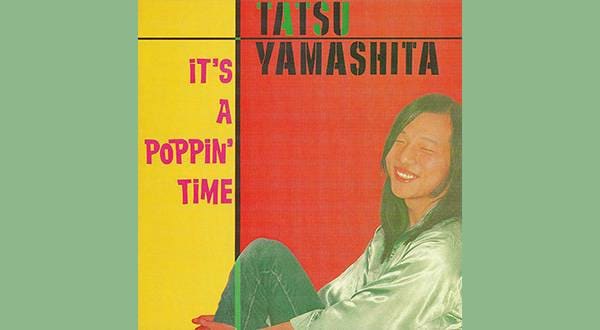
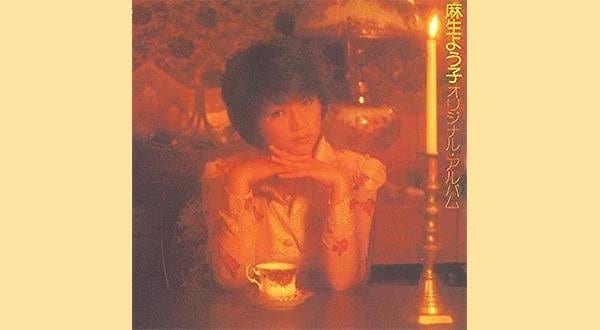
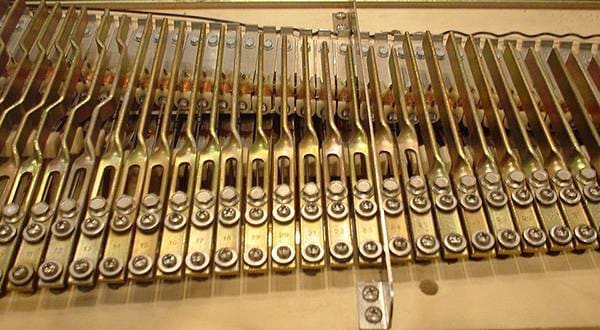
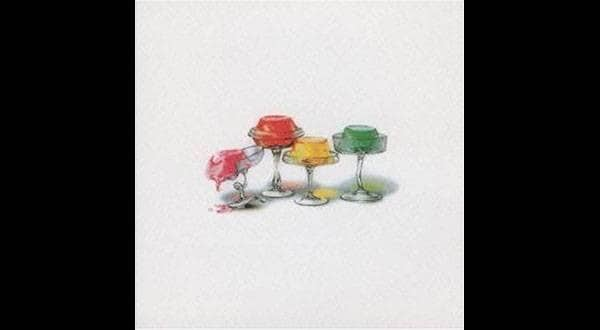
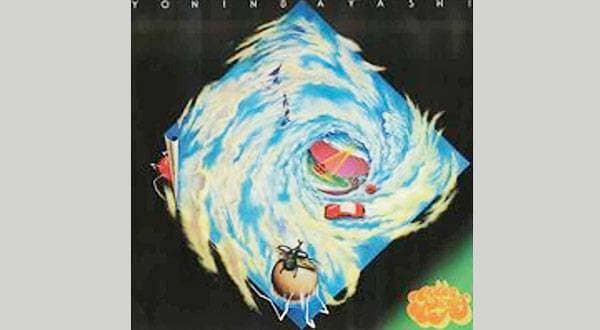

 エレクトリックピアノ 入門ガイド
エレクトリックピアノ 入門ガイド
 PLAYTECH キーボードセレクター
PLAYTECH キーボードセレクター
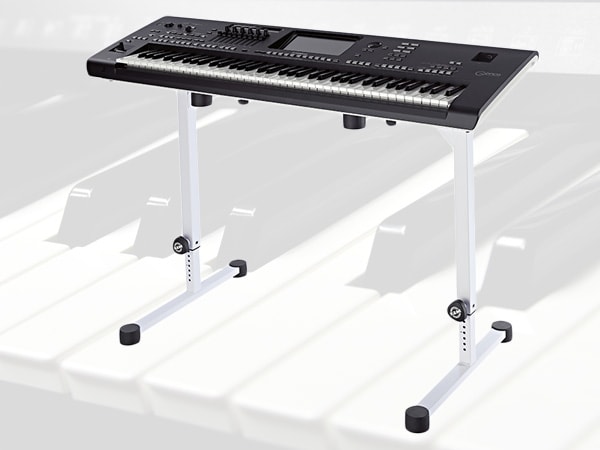 キーボードスタンドの選び方
キーボードスタンドの選び方
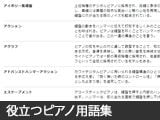 自分にあったピアノを選ぼう!役立つピアノ用語集
自分にあったピアノを選ぼう!役立つピアノ用語集
 まずは弾いてみよう!楽譜の読み方
まずは弾いてみよう!楽譜の読み方
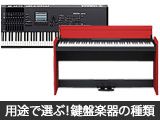 用途で選ぶ!鍵盤楽器の種類
用途で選ぶ!鍵盤楽器の種類















